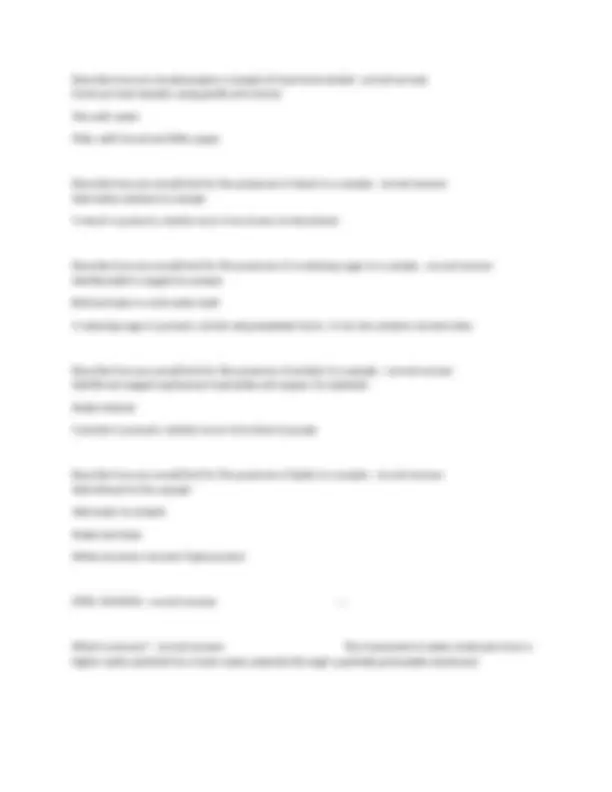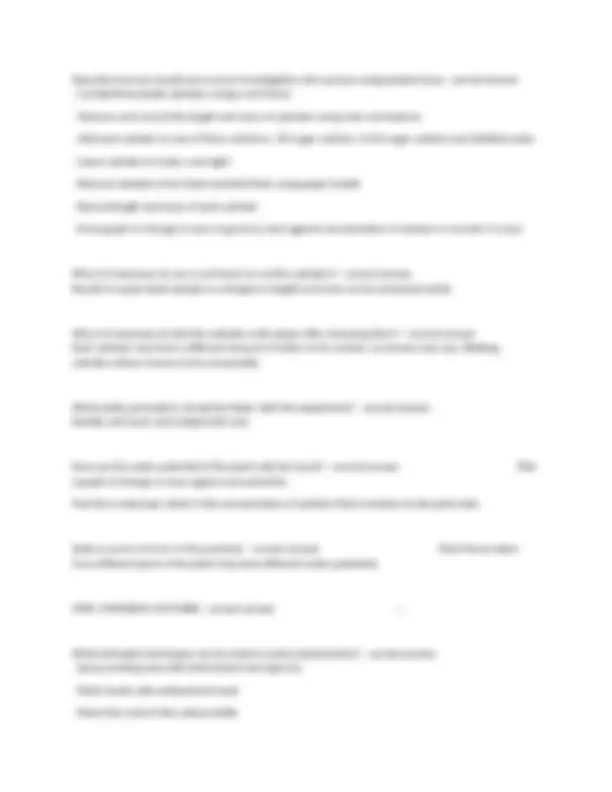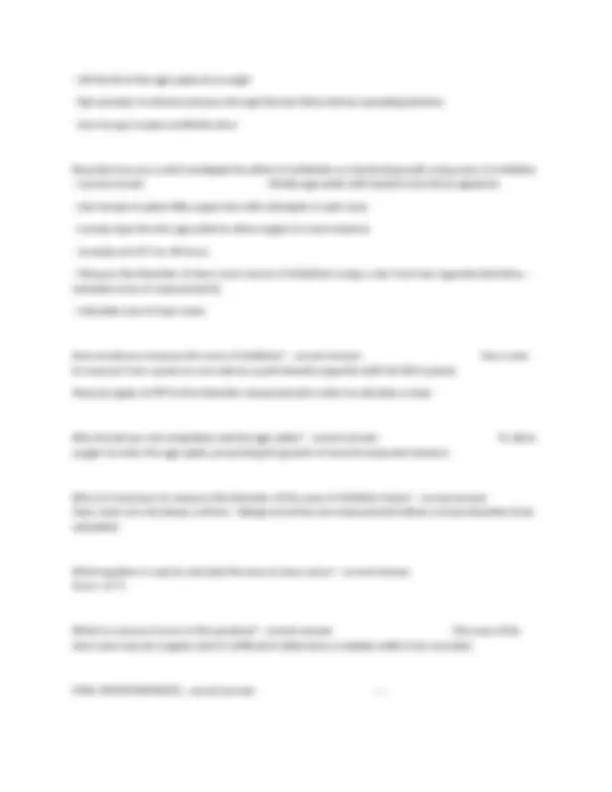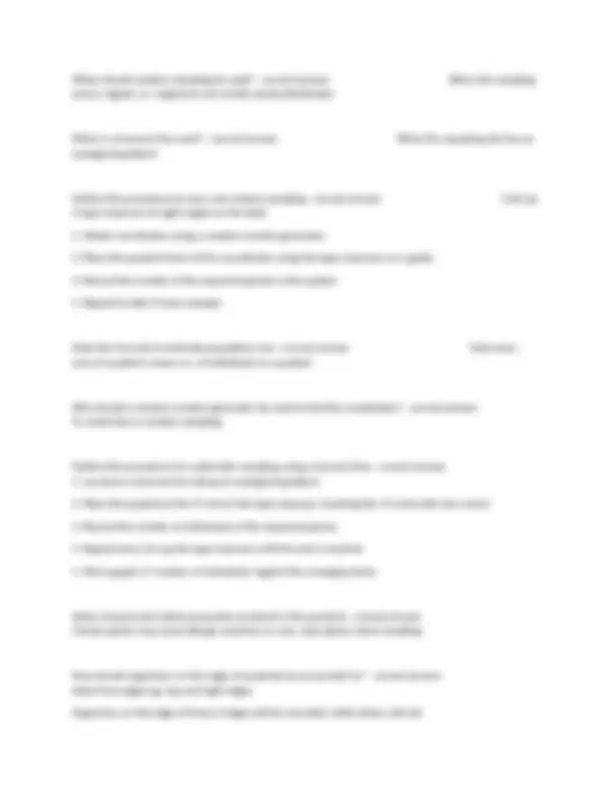






Study with the several resources on Docsity

Earn points by helping other students or get them with a premium plan


Prepare for your exams
Study with the several resources on Docsity

Earn points to download
Earn points by helping other students or get them with a premium plan
Community
Ask the community for help and clear up your study doubts
Discover the best universities in your country according to Docsity users
Free resources
Download our free guides on studying techniques, anxiety management strategies, and thesis advice from Docsity tutors
GCSE EDEXCEL BIOLOGY CORE PRACTICLE
Typology: Exams
1 / 8

This page cannot be seen from the preview
Don't miss anything!





CP01: LOOKING AT CELLS - correct answer --- Describe how you would prepare a microscope slide for analysis - correct answer
What safety precautions should be taken during this experiment? - correct answer Wear safety goggles when handling iodine solution CPO2: PH AND ENZYME ACTIVITY - correct answer --- How is pH controlled? - correct answer By adding buffer solutions with different pH values How is the rate of enzyme activity measured? - correct answer By testing the enzyme-substrate solution for the presence of starch at fixed intervals, to find the time taken for all the starch to be digested. Rate = 1/time How is the presence of starch tested? - correct answer Using iodine solution. If starch is present, the solution turns from brown to blue-black. How can the reliability of the results be improved? - correct answer By repeating the practical at each pH at least 3 times and take a mean of the time taken to find the rate. How can the accuracy of the estimate of the optimum pH be improved? - correct answer By repeating the practical at smaller pH intervals around the estimated optimum pH State a source of error in this practical - correct answer The time intervals between testing may be too long to accurately find the time taken for all the starch to be broken down. State a hazard and safety precaution in this practical - correct answer Iodine solution is an irritant. Avoid contact with skin and eyes CP03: FOOD TESTS - correct answer ---
Describe how you would carry out an investigation into osmosis using potato tissue - correct answer
State the apparatus used to measure the rate of respiration of a small organism - correct answer A respirometer. Why is soda lime added to the respirometer? - correct answer To absorb carbon dioxide in the respirometer so that the only change in volume results from change in oxygen volume. How does the respirometer measure the rate of respiration? - correct answer The change in position of a drop of dye in the capillary tube indicates the volume of oxygen consumed for respiration. The rate of oxygen consumption is proportional to the rate of respiration State the controlled variables of this practical - correct answer Temperature Mass of soda lime Time How is the rate of respiration calculated? - correct answer Rate of respiration = volume of oxygen consumed / mass of organism cm^3 g^- State a source of error in this practical. - correct answer If using animals, stress in captivity may affect the rate of photosynthesis. The apparatus may not be airtight which may affect the movement of the dye How is the volume of oxygen consumed measured? - correct answer By reading off the markings of the capillary tube, or measuring the distance moved by the dye and find volume using πr^ How can the reliability of this practical be improved? - correct answer By repeating the practical at least 3 times to find the mean volume of oxygen consumed and calculate a mean rate. CP08: QUADRATS AND TRANSECTS - correct answer ---
When should random sampling be used? - correct answer When the sampling area is regular i.e. organisms are mostly evenly distributed When is a transect line used? - correct answer When the sampling site has an ecological gradient Outline the procedure to carry out random sampling - correct answer 1.Set up 2 tape measures at right angles on the field.